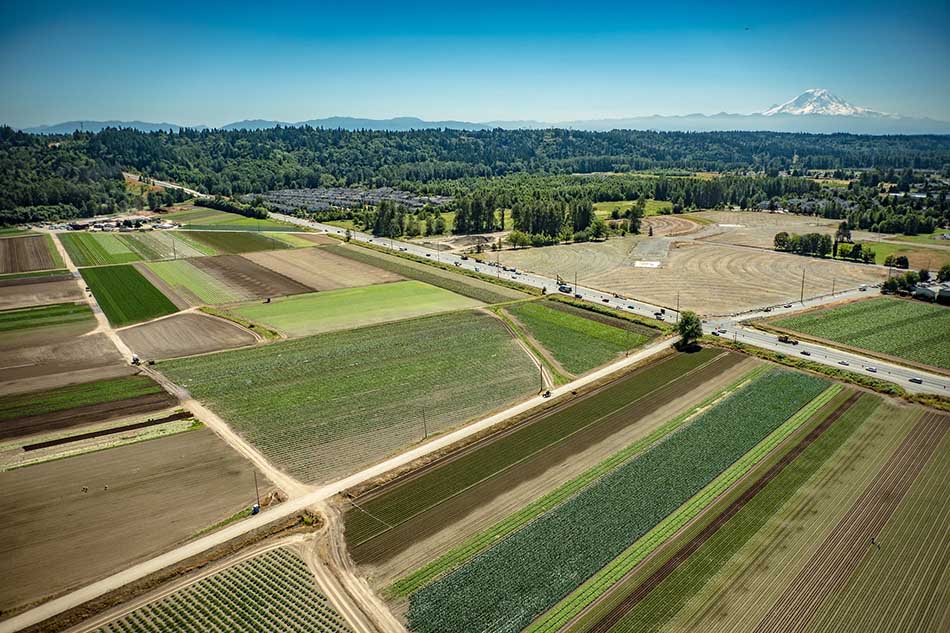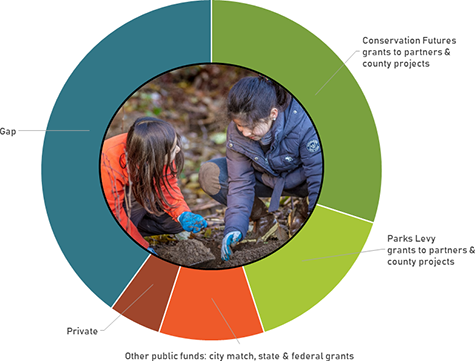Why conserve land?

For King County to thrive we need to keep our natural lands and river corridors intact, maintain viable working resource lands, and preserve great places for people to explore, relax and stay connected to the natural world.
- Climate change: We are already seeing the effects of a changing climate on our region’s natural and built systems. Open space and forests can mitigate and minimize the effects of extreme weather and natural disasters and absorb greenhouse gases.
- Biodiversity: Open space in developed regions like central Puget Sound is critical to supporting a diversity of species and their benefits to the region’s economy, health and culture.
- Social equity: Historically, minority and low-income populations have been underserved and under-represented in open space planning and access. Open space planning that prioritizes equity can ensure that all residents benefit from conserved lands.
- Human health: "The quality of air, water and soil, healthy food and good nutrition depend on open space and it provides opportunities for physical activity, reduces stress and improves social connections. Access to nature improves health and well-being in many ways—physical activity, stress reduction, spiritual renewal, and more." - Howard Frumkin, UW School of Public Health.
- Economic development: From supporting the timber, agriculture, recreation and tourism industries, to attracting anchor businesses, open space plays a significant role in the region's economy. Balancing the preservation of open space with the demands of growth is now and will continue to be a challenge.
- Competitive advantage: “Some of our nation’s most dynamic companies call this region home. One reason they choose to locate here is the open space at our doorstep and the quality of life we enjoy. Open space is a competitive asset.” - Maud Daudon, Seattle Chamber of Commerce.
Funding model


 Translate
Translate